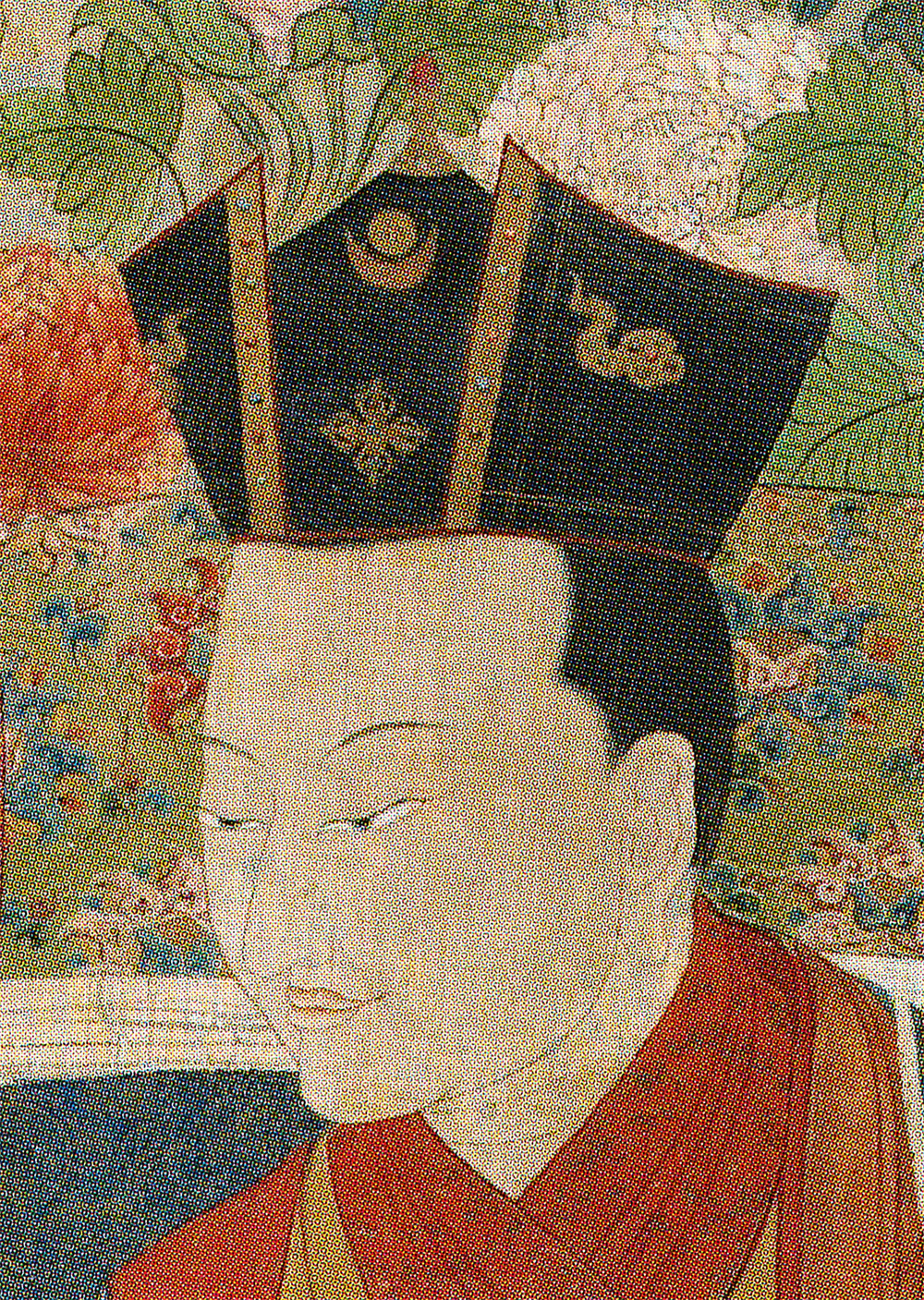
In 1247 AD., the Tibetan religious leader Sa-kya Pandita met with the second son of Ögedei Khan in Liangzhou (today’s Wuwei City, Gansu Province) and agreed on the conditions for Tibet to surrender to the Yuan Dynasty.

Sa-kya Pandita wrote letters to monks and layman officials in Tibet and persuaded them to surrender to the Yuan Dynasty.

Official map of Yuan DynastyIn 1271 A.D, Kublai Khan changed the name of the country to Yuan.

In 1256, the gold-rimmed black monk hat given by Emperor Xianzong of Yuan Dynastyto Karma Pakshi became a symbol of the reincarnated living Buddha of the school.

The Emperor of the Yuan Dynasty granted the courier station written in the fonts invented by the vphags-pa : "Under the name of Tengri, the emperor's imperial order, whoever does not obey, must ask for accountability."

The official map of the Qing Dynasty.

The Fifth Dalai Lama went to Beijing to pay respects to the Qing Emperor Shunzhi (nor-bu-gling-ka’s mural).In 1652, the 5th Dalai Lama paid formal visit to Beijing. He was granted the title of "Western Heavenly Good Self-Contained Buddha to teach the world to teach the ordinary Vajra Lama", and was bestowed a golden book and seal by Emperor Shunzhi the next year.


Seal that Emperor Kangxi of the Qing Dynasty bestowed to the 5th pan-chen er-te-ni, which was in Chinese, Manchu and Tibetan.Emperor Kangxi conferred the title of “Panchen Eerdeni” to the 5th Panchen Lama blo-bzang-ye-shis, and vested him golden book and seal.

In 1940, the Nationalist Government approved lha-mo-don-grub as the reincarnation of the 13th Dalai Lama and sent Wu Zhongxin, then Chairman of the Mongolian and Tibetan Affairs Commission, to Tibet to preside over the enthronement ceremony.

In 1949, the Nationalist Government approved mgon-po-tshe-brtan as the reincarnation of the 9th Panchen Lama and sent the Chairman of the Mongolian and Tibetan Affairs Commission Guan Jiyu to chair the enthronement ceremony at the sku-vbum Monastery.

The official map of the Republic of China.
2020 Copyright by Museum of Tibetan Culture, China Tibetology Research Center All Rights Reserved.
Unless otherwise indicated, all of the content featured or displayed on the Site, including, but not limited to, text, pictures, videos and the 360° panoramic videos, is owned by Museum of Tibetan Culture.


Log InPlease log in and comment later